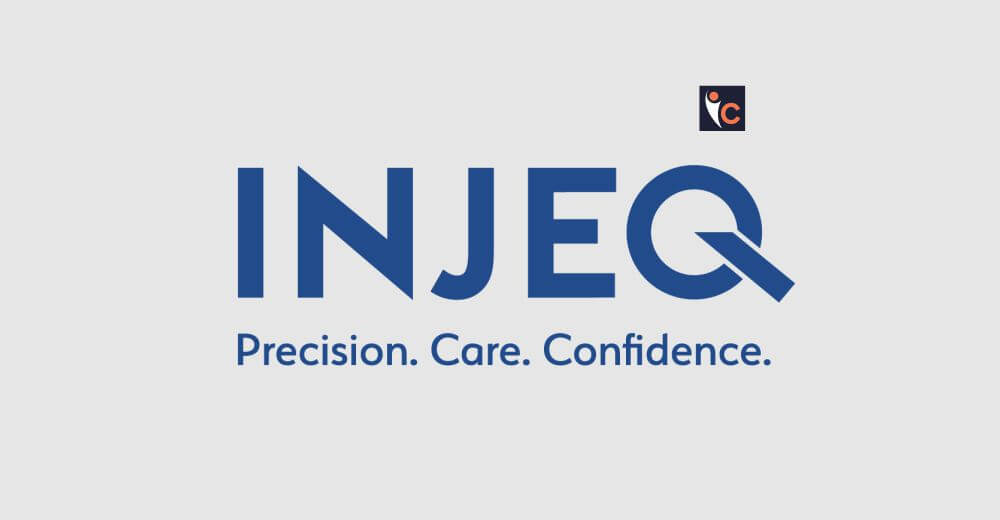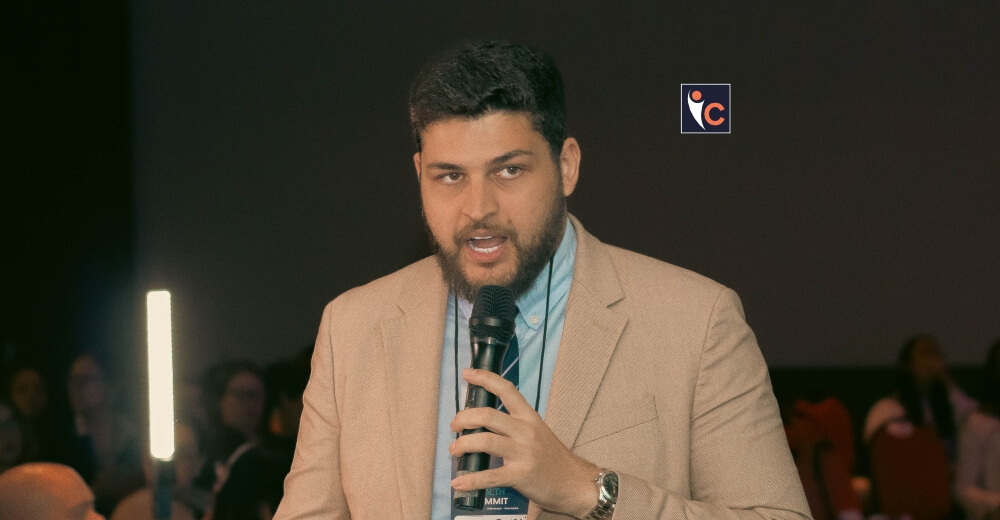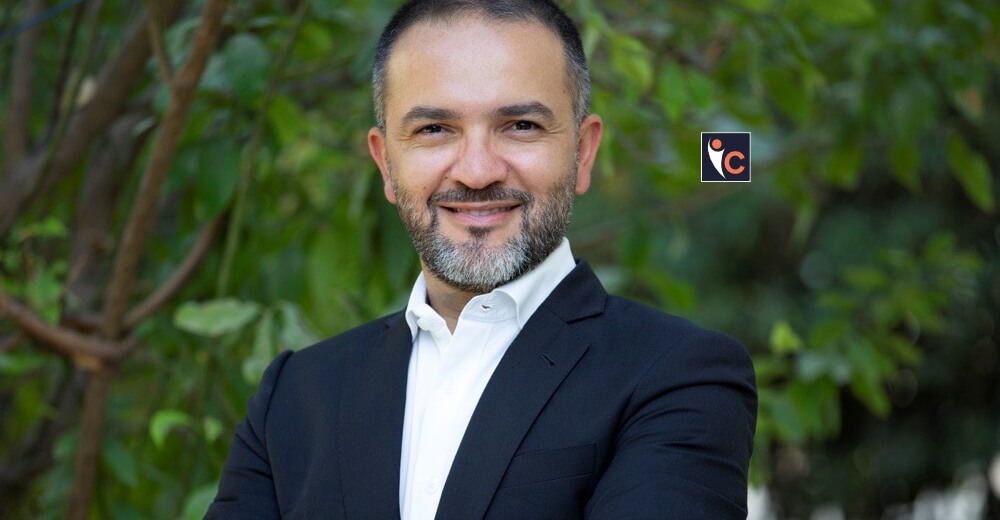Healthcare advancements that were mere ideas decades ago are coming to fruition, proving to be much more valuable to saving human lives and enhancing the quality of life. Medical devices have been a vital part of these advancements and can enable technology for its applications to help a better cause, thus is the story of Injeq.
Injeq was founded when a group of experts in the fields of technology and medicine saw that blind punctures were problematic as they introduced leukemia cells from the blood to the central nervous system. The company found a solution through a medical need: to make lumbar punctures safer and more precise. Its Injeq IQ-Tip® is a spinal needle that facilitates lumber punctures. It gives out an audio alarm to the physician when the needle tip detects spinal fluid based on bioimpedance detection. In a conversation with Maarit Forsten, the Clinical Application Manager of Injeq, she talks more in depth about the organization’s clinically proven product.
Below are the highlights of the interview:
Please brief us about your company and what ideas and developments led to its inception in the medical device niche.
Injeq was founded based on the problems of blind punctures, i.e., punctures during which the doctor performing the procedure cannot see where the tip of the needle is. Until now, the advancement of the needle was based on the haptic feeling in their fingertips and knowledge of the human anatomy. For instance, avoiding nerves and finding cavities like the spinal cavity for cerebrospinal fluid have been based on the professional experience of the medical practitioners so far.
What are your key products and services? How are you revolutionizing the market with them?
We are manufacturing bioimpedance spectroscopy-based needles with tissue recognition. Our current solution is a spinal needle that recognizes cerebrospinal fluid on the needle tip. For the last 100 years, nothing particularly new has happened with spinal needles. Now we have this innovative needle that, after detecting cerebrospinal fluid, gives an alarm to the physician performing the lumbar puncture. This has turned out to be very efficient in avoiding the typical and sometimes critical complications related to lumbar punctures.
Please brief us on the company’s professional milestones so far.
The problem of blind punctures and tissue recognition was found by Professor Ritta Seppänen -Kaijansinkko based on all the patient injury reports she had received while working in this patient injury board.
How has technology aided your goal of innovating in the medical device industry? What are your key adaptations of technology in your company?
Our current main solution is cerebrospinal fluid detection for challenging and, eventually, for all lumbar punctures. Generally, this innovation has the potential to improve the safety of all blind punctures and decrease the incidence of related complications, this way reducing the overall health care costs also remarkably.
What are the challenges that you have faced till now? How have you infused your leadership skills to turn them into opportunities for your company as well as for the industry?
The first challenge was to get CE approval for Injeq’s medical device, which represents the highest risk class 3 according to the new Medical Device Regulation. CE mark was gained in December 2021. After this marketing approval, the first distributor contracts were signed, and the sales to the biggest European markets were aimed to start. The next challenge was the price of our device, which in the beginning was ten times more expensive compared to the conventional way of making lumbar punctures. However, by improving our manufacturing processes we were able to remarkably reduce the initial prices (almost half of the original). In addition, we have good clinical evidence of the benefits achieved with Injeq IQ Tip system.
As an experienced leader, what would be your advice to budding entrepreneurs wishing to enter this industry?
First, consult the clinical world about what they need, which means—do not make the innovation first and then go to market, but vice versa. Second, choose the lowest possible risk group for your medical device; choose the indication area not having contact with the central nervous system, heart, or big blood vessels, which automatically makes your device class 3. Third, choose the materials and manufacturing processes so that there are no risky materials like nickel or processed chemicals that cause allergies, toxic reactions, or other harm to the user or patient. Lastly, listen to the feedback all the way through.
What are the future goals of your company? How do you envision scaling up its growth and operations in 2022 and beyond?
We are planning to find other beneficial application areas for bioimpedance-based tissue recognition. The goal is to make the earlier passive needles active to improve safety, efficiency, and patient experience and reduce overall healthcare costs.















